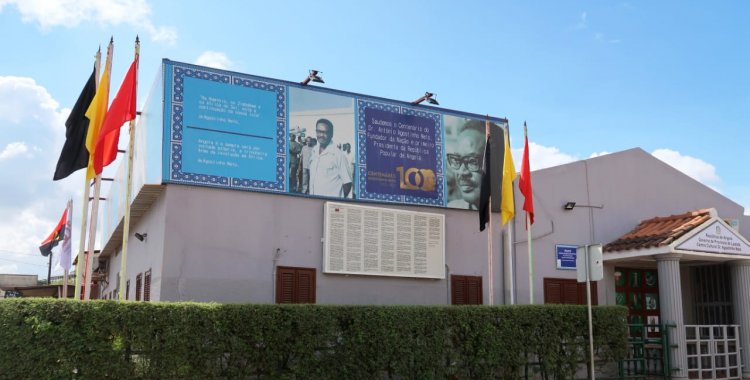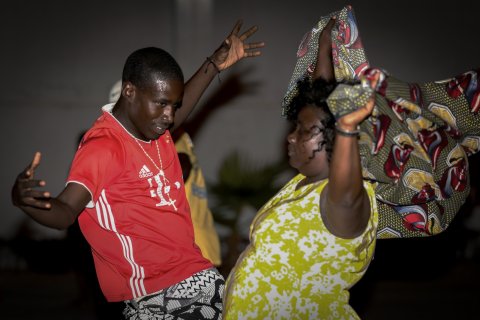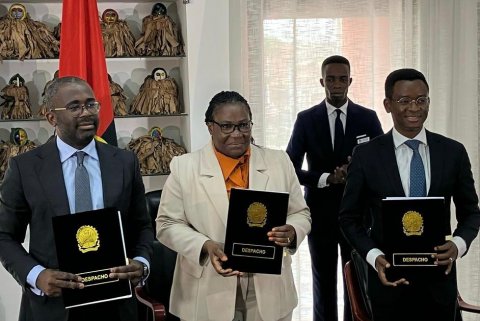The house was transformed into a cultural centre in 2000, in an event that was presided over by the Minister of Education and Culture at the time. Since then, it has been known as the Centro Cultural Dr. Agostinho Neto, receiving more than 200 visitors per month, according to the Jornal de Angola.
The people who visit, most of whom are young people, seek to learn more about the life and work of Agostinho Neto, as well as to understand the extent of his political, cultural and humanist thought, since this space tells part of the life story of the founder of the Nation, highlighting his determination and dedication to the freedom of the Angolan people and his contribution to the valorization of national culture.
Cream, grey and white paint the house, which has a bust at the entrance and a plaque on one of the walls identifying it as the 'Centro Cultural Dr. Agostinho Neto'.
The family tree of the country's first President, photos from his childhood, newspaper clippings reporting on his achievements are some of the things that visitors can find at this site which, according to the Jornal de Angola, has two computer rooms equipped with 16 computers each, a library, a studio, an exhibition room, among others.
Another aspect worth mentioning is the center's activities room, whose stage backdrop includes a panel showing Neto's escape from Portugal to Morocco in 1962.
According to Carlos Torres, deputy director of the cultural center, the space hosts various activities involving music, dance, theater, etc.
"Our work is very much focused on schools, universities and others, in order to inform students about the first President of Angola and his works", said the person in charge, who added that the library is "open to the public".
He also explained that the government of the province of Luanda is responsible for the space, under the responsibility of the cultural department, and added: "Before it was transformed, the house had tenants. Afterwards, the State decided to turn it into a cultural centre".
Among other things, he said that it is a house with history that has been visited by several nationalists. "This house has history. Many nationalists have passed through here, such as Hoji-ya-Henda, Deolinda Rodrigues, Roberto de Almeida, Simão Toco, who are some of the names linked to Angolan nationalism", he said, quoted by Jornal de Angola.







